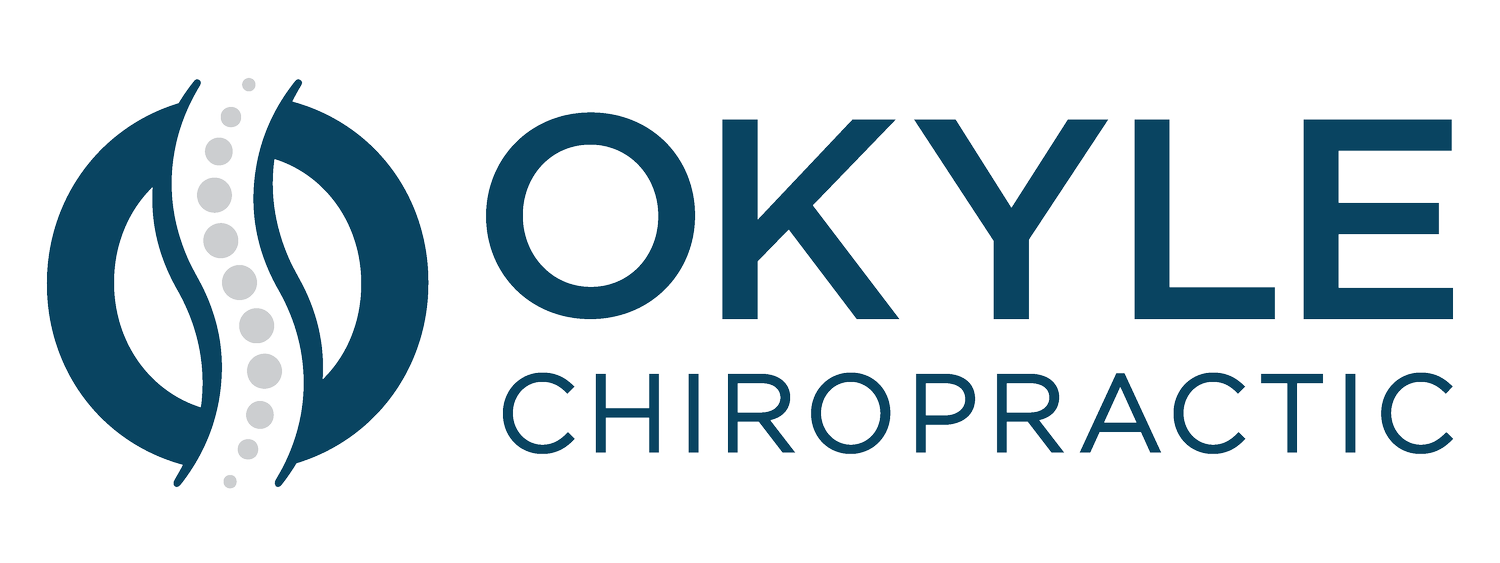TECH NECK IS REAL - HERE’S HOW TO BEAT IT
In today’s screen-saturated world, “tech neck” isn’t just a buzzword — it’s a very real and increasingly common condition. As smartphones, tablets, and laptops dominate our work and play, more patients are walking into chiropractic offices with persistent neck pain, headaches, and even numbness in their arms or fingers — all linked to one thing: poor posture caused by prolonged screen use.
What Is Tech Neck?
Tech neck refers to the repetitive stress and strain placed on the cervical spine (the neck) from looking down at digital devices for extended periods. When your head tilts forward, the weight it places on your neck increases dramatically. While the human head weighs about 10-12 pounds in a neutral position, bending it forward just 30 degrees can increase that load to over 40 pounds.
Over time, this unnatural posture can cause:
Chronic neck, shoulder, and upper back pain
Headaches and migraines
Decreased mobility in the neck
Tingling or numbness in the arms or hands
Long-term spinal misalignment
The Modern Tech Epidemic
Let’s face it — technology isn’t going anywhere. Whether you’re answering emails, scrolling through social media, or binge-watching your favorite show, the average American now spends 7+ hours per day on screens. The problem isn’t the technology itself; it’s how we’re using it.
But the good news? With awareness and a few intentional changes, you can fight back against tech neck and keep your spine in good shape!
5 Tips to Prevent and Treat Tech Neck
1. Lift Your Screen to Eye Level
Raise your phone, iPad, or laptop so your eyes are level with the top of the screen. This reduces the need to bend your neck forward and helps maintain a neutral spine position.
2. Take Frequent Tech Breaks
Set a timer or use the “20-20-20 rule”: every 20 minutes, take a 20-second break to look 20 feet away. If you are able, stand up, stretch, and move your body for 30 seconds to a minute (or more) to increase blood flow and decrease stagnation that may have developed from sitting for prolonged periods.
3. Practice Postural Awareness
When sitting or standing, keep your ears aligned with your shoulders. Your shoulders should be back, your chest open, and your chin slightly tucked. Avoid slouching or leaning your head forward.
4. Stretch and Strengthen Your Neck and Upper Back
Incorporate gentle neck stretches, chin tucks, and upper back strengthening exercises into your daily routine. These can counteract the muscle imbalances caused by poor posture.
5. Consider Chiropractic Care and Soft Tissue Therapy
A skilled chiropractor can assess your spinal alignment and provide adjustments that relieve pressure, reduce inflammation, and restore mobility. Soft tissue therapies such as trigger point therapy, instrument-assisted soft tissue mobilization (IASTM), and myofascial release can also help relax tight muscles and improve posture.
Long-Term Health Starts with Daily Habits
Ignoring tech neck can lead to more serious issues over time — from nerve impingement to disc degeneration and possible permanent posture deficit. By making small adjustments now, however, you can protect your spine, reduce pain, and improve your quality of life.
At Okyle Chiropractic, we specialize in modern, movement-based chiropractic care designed to relieve pain and help your body function at its best. If you’re experiencing symptoms of tech neck or just want to improve your posture and spine health, we’re here to help.
Any questions? Feel free to reach out to our office via phone or text: (310) 880-9663. Happy healing!
Disclaimer: The information provided on this chiropractic blog is for general informational purposes only and is not intended as a substitute for professional medical advice, diagnosis, or treatment. Always seek the advice of your physician or another qualified health provider with any questions you may have regarding a medical condition. Never disregard professional medical advice or delay in seeking it because of something you have read on this blog. If you think you may have a medical emergency, call your doctor or 911 immediately. Reliance on any information provided by this blog is solely at your own risk.
